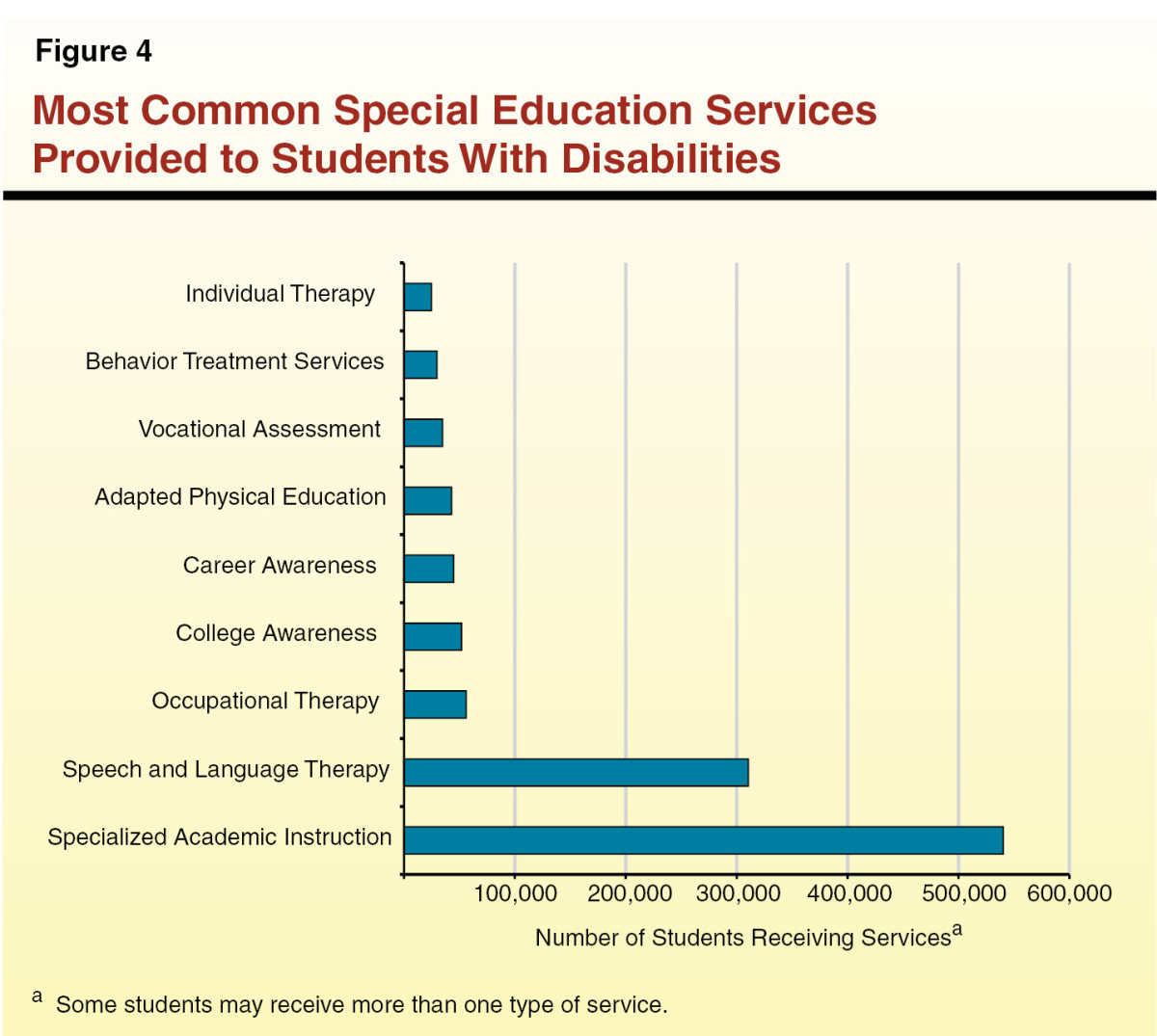Violent Kids


Violent Kids
Volume 4, Issue 13, November 21, 3013
The violent child spat and struck another child during an altercation at school then violently jumped on the child’s back and threw them to the ground, as the child struggled to get up the violent child struck the child’s face over and over until the child loss consciousness. This type of behavior is all too often a continual occurrence in some poverty stricken areas of the country (USA) and the world. It is a product and a result of the hostile exterior environment and the child’s home environment, it is subjected to. Numerous studies have shown that the most violent children and adults were subjected to a violent environment, according to the National Institution on Alcohol Abuse and Alcoholism, there are other mitigating factors that cause a normal growing child to turn into a violent child and the statistics have shown that these factors include:
- Poverty
- Violent environment (home & exterior)
- Neglectful parenting
- Abusive parenting
- Harsh discipline
- Poor schooling & study area
- Sensory deprivation
- Alcohol addiction
- Drug addiction
- Mental disorders (neurological disorders)
- Significant in Single Parent Household’s
- School Violence
- Neighborhood violence
- Sexual abuse
As we have discussed previously in Neurological-Triggers (http://aida-garcia.hubpages.com/hub/Neurological-Triggers) the mind-brain is affected in infancy and its neurological pathways are receptive to what transpires in our lives whether it be calm and responsible or violent and irresponsible, the neurological pathways are triggered by these events and is storing them in our memories as daily events or routines in our lives.
An infant grows and is continually attempting to figure out the world around them and the world that they live in that is where they will eventually carry out their neurological sequences over their lifetime, because they have become accustomed to the world they see, hear, smell, touch, and feel through the sensations, the five magnificent senses to be exact.
The infant is continually changing its neurological pathways throughout its life up until they are age 16 when they actually have a mature grip on what eventually is there world they live in. Chemicals produced in our bodies at infancy and throughout our lifetime will eventually affect our behavior. The two primary chemicals that govern the neurological system are serotonin and noradrenaline. These two chemicals produce a variety of behaviors that we exhibit because of its balance in our bodies. If it is too low or too high in our neurological system it produces a flawed behavior that we exhibit because it is diseased or affected that it is marred and not functioning the way it should function.
Definitions
So what is serotonin? It is a chemical that produces emotions and drive in our neurological pathways (mind-brain) and especially aggression [{Kotulak, Ronald (1935- ). p.96}]
So what is noradrenaline? It is a chemical that produces alarms in our neurological system, it is a hormone that recognizes danger and organizes the mind-brain to respond or react in producing adrenaline and other chemicals in the human body system.
A subjective child is a result or product of its daily environment both in the home and outside of the home environment when we put everything in context. Everything we do in our lifetime is subject to our environment, either educational or in the home. An infant is discovering the world they live in and being educated in their respective environment.
Numerous neurological and addiction studies between 1950 and 1990 have shown that homicides, suicides, and violent behavior is a product of the environment with the mitigating factors revealed above.
Among the population between 1950 and 1990 homicides for white males increased at an alarming rate of 4 times in comparison to black males at a rate of 2.2 times. Within the same timeframe or period the suicide rates have increased 3.5 times in comparison to black males suicides at 3 times the rate. Of the estimated population some 270,000 students bring guns to school. Among this population during this timeframe of 1950 to 1990 of every five children lived in poverty and of every fifty had an absent parent. Within all of the statistics in this population 55% where assaults and fights transpired, alcohol was involved in the mix.
According to the National Institute of Child Health and Human Development (NICHD) children exposed to violence are subjective violent children, the studies were drawn from twenty years of collective experiences with professionals, medical practitioners, and social workers in the analysis of issues during the period of 1982-2002 as reported in July 2002 in the statistical analysis of the issues below:
Children exposed to domestic violence
(1982-2002)
Children exposed to community violence, including school violence
Children exposed to war and terrorism
So how does society and responsible parents deal with these unhealthy ills that are affecting children? Prevention and intervention are extremely critical in the focus and motivation to deter children becoming ill-functioning adults with behavioral problems. For example, domestic violence programs and therapy, drug addiction therapy and intervention programs, youth and high risk activity prevention programs, mentorships, parenting programs, school counseling and intervention, youth and recreation centers, and early intervention programs.
References
Kotulak, Ronald (1935- ) Inside the brain, revolutionary discoveries of how the mind works, A Universal Press Syndicate Company
Retrieved from the Internet
http://www.free-lebanon.net/540image
http://www.nichd.nih.gov/publications/pubs/Documents/children_violence.pdf
http://aida-garcia.hubpages.com/hub/Engaging-the-5-Magnificient-Senses
http://aida-Garcia.hubpages.com/hub/Neurological-Triggers






